
To be honest, I don't really like many Microsoft products (yeah, that's a nice kind of intro), but Windows Phone 7+ system is one of their greatest achievements - in design and software field.
Most of my early smartphones was based on Android OS. I've never been fully satisfied about any of them.
Don't get me wrong: Android OS is a really nice product but there's one particular reason that drives me crazy about it: stability and reliability. Many times when I needed to do something on a smartphone really quick, Android failed me(slowed down or totally freezed). This kind of failures is unacceptable for a ~1000PLN (~290USD) device.
Fortunately, in November 2011 Nokia announced and started to sell Lumia devices with Microsoft's Windows Phone 7 OS. Despite the reluctance to products from Microsoft company I was fascinated about Metro (later renamed but adopted by nobody to Modern UI ) and Nokia's Lumia phone design.
After first reviews about WP7, I started thinking about switch. Despite lack of customization options and very, very small amount of apps in its market I've finally bought my first WP7 phone - Nokia Lumia 800.
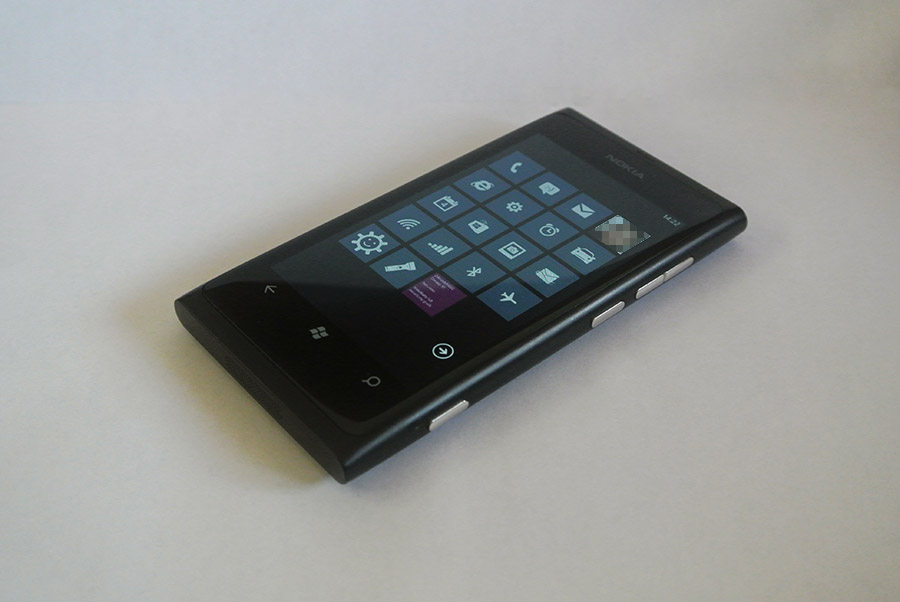
It has been three years since I've bought Lumia 800. And it is so far the longest used phone by me.
In the meantime I've bought HTC 8X with new, Windows Phone 8.1 OS. I've sold it after couple days of use because of very short battery life. I also had a pleasure using Lumia 920 as my temporary second phone, and it was awesome experience.
The Good, the bad, the charger
As I mentioned earlier - I'm really impressed about Metro design. In my opinion, Windows Phone 7+ is the clearest and most beautiful mobile system ever. Its simplicity and directness of data presentation layer makes WP7+ most useful and user-friendly operating system for smartphone.
The device itself forwards purity & elegance of Lumia's design line. The phone case is built from polycarbonate single-piece unibody (which means producer prevents from battery replacement) with minimum amount of physical buttons: Volume Up/Down, screen lock and camera trigger.
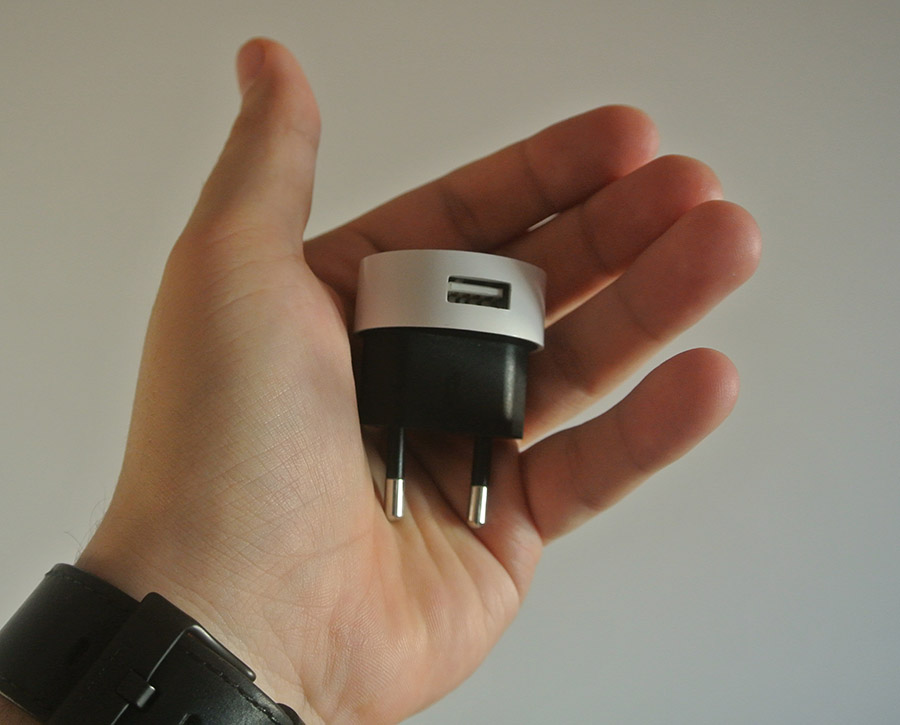
Besides physical buttons, Lumia 800 has 3 touch icons at the front panel: back, home and search. Besides their regular purpose, we can access all opened applications by holding down back button for ~1sec.
(Most)Ports placement is also a plus for Nokia's design team. They're practically invisble during everyday usage - placed on top side of the phone. To access MicroUSB charger port or SIM tray we need to open small covers. On the other hand I can't appreciate placement of 3.5mm audio port on the top side - I prefer bottom one because I have a habit to keep phone upside-down in my pocket - I think it's more natural way of storing phone by most users.
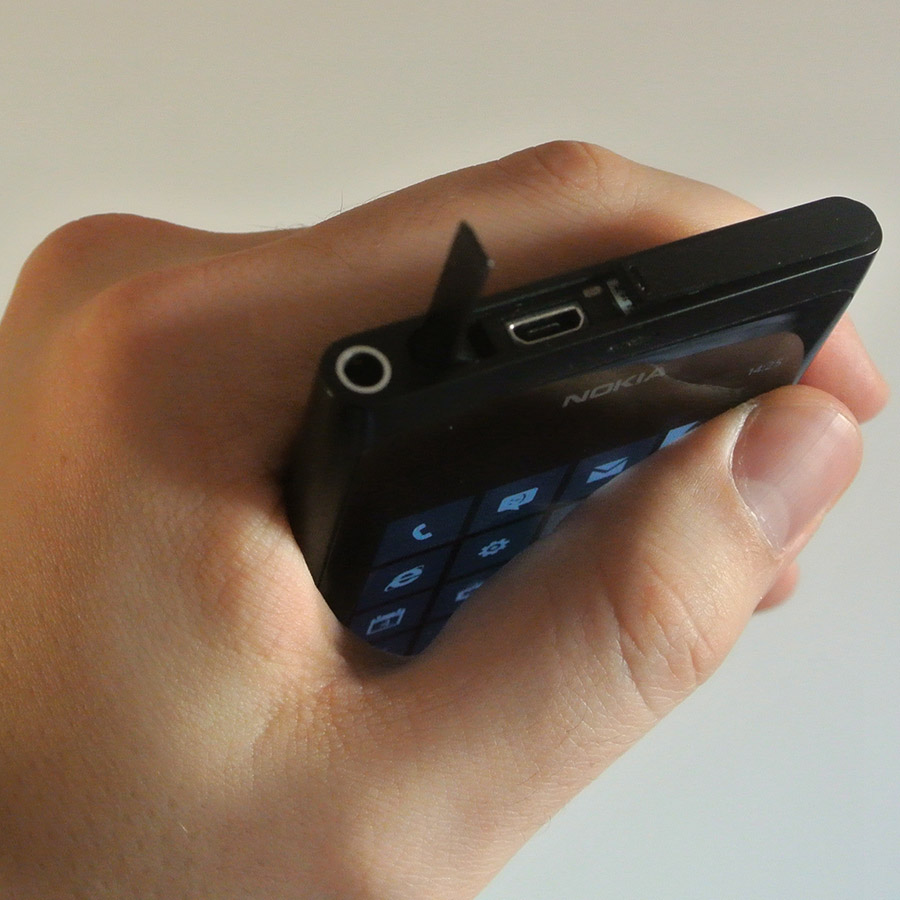
Some people also can grumble about the fact that Nokia's device doesn't support external cards - in my opinion 16GB of mass memory is just fine.
Same thing can be said about the screen - 3.7" AMOLED display for some people can be enough, but personally after playing some time with Lumia 920 I think 4.5" is more comfortable for someone with average-sized hands.
The phone itself is pretty heavy - 142g for 116.5mm x 61.2mm x 12.1mm device can be felt as little too much, but again Nokia's engineers and designers have done a good job: Lumia 800 is a really well-balanced piece of equipment.
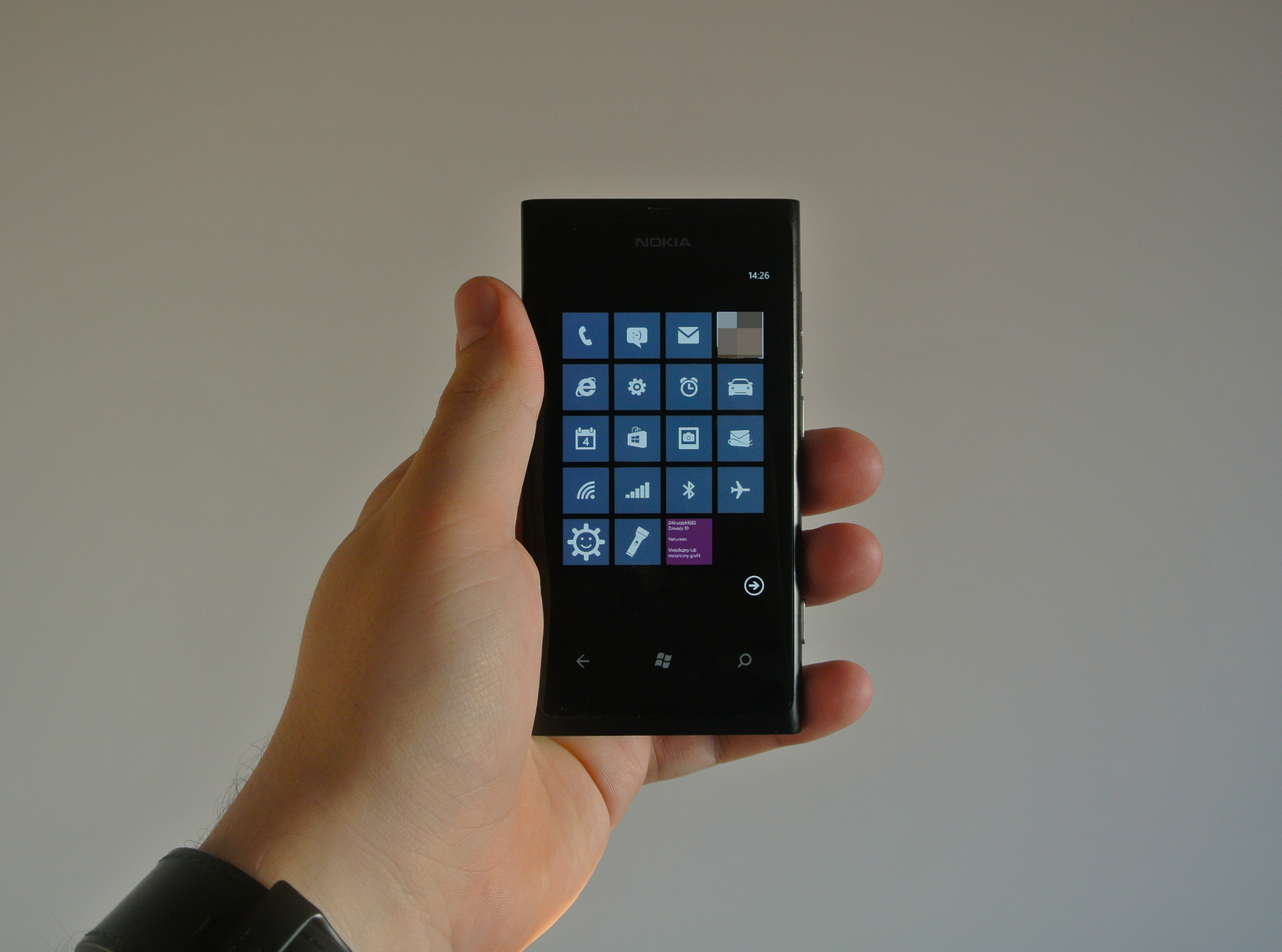
In the box with Nokia Lumia 800 phone I've found another very unique item - the charger. When someone would ask me what thing reminds me of Bauhaus design trend, then I would answer - Lumia 800 charger. It's an example of simple and well thought out form of product design. I think this is the only charger in the world which impresses just looking at it.
You can also unplug its USB cable and use it e.g. as a data transfer connector for another device(its pretty common these days but not by every phone crafter - so anyway it's worth mention - remember that this phone was released about 3 years ago).
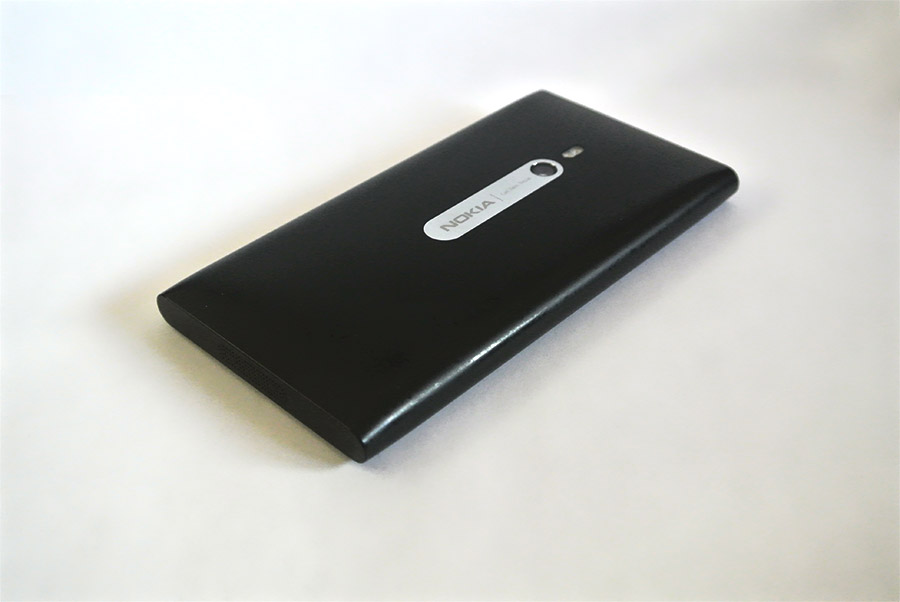
Epilogue
Nokia's first Windows Phone device is - in my honest opinion - one of their greatest. Battery life is pretty good (after 3 years of use I can still work ~2days without charging), the display works very nice (thanks to AMOLED) even at very sunny days. Camera works pretty fine - also in (at least fine) artificial light.
The Windows Phone 7.8 system works very well (even if it's no longer supported). Today I would recommend it for non-power smartphone users (myself included) who needs a device with good navigation app (Nokia Here+ maps are the greatest navi ever), to check e-mails, take some photos or connect with social networks & internet.
-- ł.